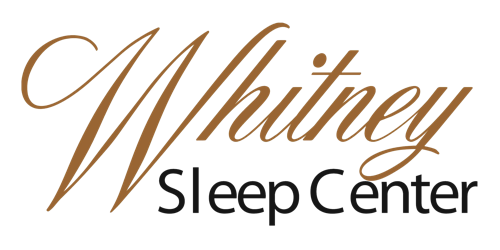Rapid Eye Movement (REM) Sleep Disorder is a sleep condition characterized by sudden and unexpected physical activity or acting out dreams or nightmares during the rapid eye movement stage of sleep — the fourth and final stage of sleep where we dream.
During normal REM sleep, the body is temporarily paralyzed, but in individuals with REM Sleep Disorder, this muscle paralysis is not present, allowing for physical movements to occur during the dream state.
This parasomnia, abbreviated as RBD, is rare, affecting only 1 percent of the general U.S. population and 2 percent of people 50 and over. RBD can lead to excessive daytime sleepiness as well as fatigue and psychological distress, and can negatively impact relationships and daily functioning.
Here’s what you need to know about Rapid Eye Movement Behavior Disorder.
What are the Symptoms of RBD?
During the REM stage of sleep, a person with RBD can appear like they’re lashing out during a bad dream by:
- Talking or shouting
- Muscle twitching
- Kicking or punching the air or their bed partner
- Jumping out of bed
These movements can be violent and intense, and can result in injury to oneself or a bed partner. People with RBD can usually be woken up easily by their partner or roommate, and when they wake, they can usually easily remember what they dreamt.
Other symptoms of RBD may include excessive daytime sleepiness, fatigue and depression. Individuals may also experience difficulty falling asleep or staying asleep.
What are the Causes of RBD?
The exact cause of REM Sleep Disorder is unknown, which is a problem that continues to baffle researchers. In some cases, the disorder may be idiopathic, meaning there is no identifiable underlying cause.
Some research suggests that changes in the brainstem, which controls the regulation of REM sleep, may play a role in the development of the disorder. A loss of specific neurotransmitters or degeneration of specific brain cells may also be a contributing factor.
RBD is thought to be associated with several neurological conditions such as narcolepsy, multiple sclerosis and Parkinson’s disease. It can also occur as a side effect of certain medications such as antidepressants, due to imbalances in dopamine and serotonin levels, both involved in the REM sleep cycle.
How is RBD Diagnosed?
Diagnosis of RBD is based on an overnight sleep center study. During the study, the individual’s sleep patterns are monitored and physical movements are recorded. A polysomnogram (PSG) that records brain activity, eye movements and muscle activity, is used as a diagnostic tool.
In addition to a sleep study, a thorough medical evaluation — including a review of medications and medical history — may be conducted to rule out other potential causes of the symptoms.
The diagnostic criteria for RBD require that a patient exhibits repeated episodes of dream-enacting behavior during the REM sleep stage and exclusion of other potential causes such as alcohol or drug use.
How is RBD Treated?
The primary form of RBD treatment is to create a safe sleeping environment that minimizes the risk of you or your bed partner getting hurt during a potential episode. Consider doing the following:
- Moving sharp, glass or heavy objects away from your bed.
- Placing pillows near headboards or nightstands as cushioning.
- Putting a mattress on the floor next to the bed in the event you fall out of bed during an episode.
- Using a sleeping bag, if necessary.
Specific medications can also be prescribed to help control physical movements of RBD during sleep. Clonazepam is a commonly used medication and has been proven effective in reducing their frequency and intensity. Other medications, such as melatonin and anticonvulsants, may also be used as treatment.
In severe cases, a continuous positive airway pressure (CPAP) machine may be recommended to help regulate breathing during sleep. It delivers a constant stream of air pressure to the airways, helping to prevent the collapse of the airways and reducing the risk of physical movements during sleep.
Say Goodnight to Rapid Eye Movement Behavior Disorder
There’s not much that can be done to prevent RBD, since risk factors like narcolepsy or other neurodegenerative conditions can’t be changed. However, proper treatment can help you reclaim restful sleep.
RBD is just one of many sleep disorders that can be helped at Whitney Sleep. If you or a loved one is prone to acting out dreams in the night, and it has affected your health, safety or sleep quality, schedule an appointment for a consultation or sleep study.
